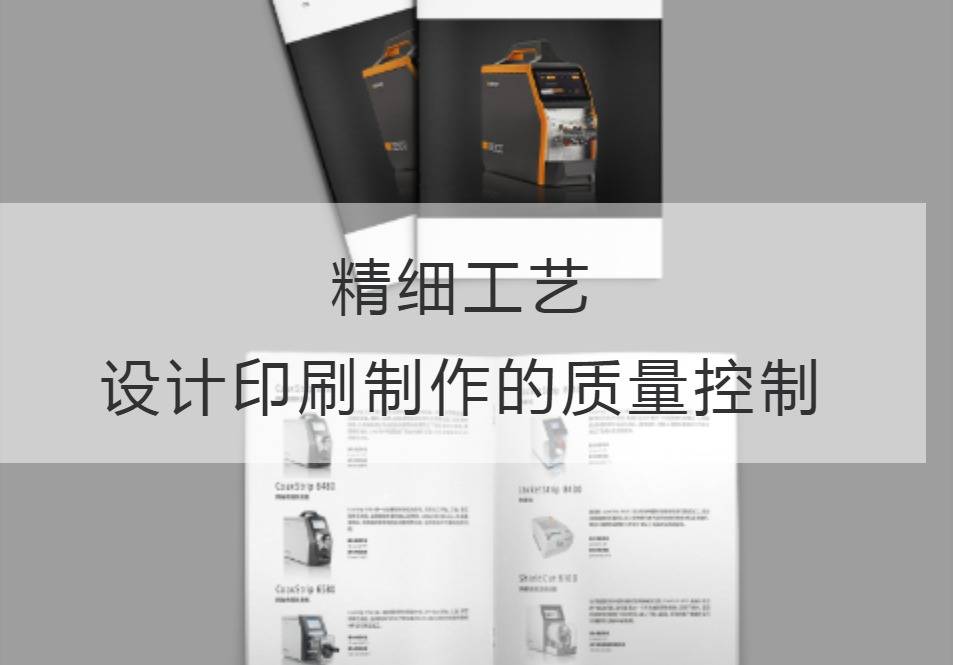Fine workmanship: Quality Control of Design and Printing
In today's digital age, print production is still an important means of media communication. However, the quality control of printed matter is an important link in the process of design and printing. Fine process is the key to the quality control of printed matter, which involves design, material, process and workflow.
First of all, design is one of the important factors affecting the quality of printed matter. A good design work needs to consider the overall layout, color collocation, font selection and many other factors. Designers need to have good aesthetic awareness and creative thinking, and at the same time to have a deep understanding of printing production. Only in the design link to do enough work, can for the subsequent printing production lay a good foundation.

Secondly, the selection and use of materials is an important link to ensure the quality of printed matter. Printed materials include paper, ink, paint, etc. The quality of the paper directly affects the tactile touch and color reproduction of the printed matter. Therefore, the paper suitable for the type of printed matter should be selected. For inks and coatings, to ensure that their quality is stable, to ensure the color consistency and detail expression during the printing process.
The fine process also includes the control of the printing process. In the printing process, the operation skills and debugging of the printer are very important. The operation skills include not only the maintenance of the machine, but also the parameters of the printing machine, such as the clarity of the printing plate, the uniformity of the ink, etc. In the aspect of debugging, attention should be paid to color calibration, image alignment and other details to ensure that the color and image expressiveness of the printed matter is consistent with the design document.
In addition, the optimization of workflow is also an important part of fine process. The efficiency and precision of the workflow determines the quality and efficiency of the printing production. After the design draft is completed, proper document preparation, plate making, and color correction are required to ensure the accuracy and consistency of the printed materials. Workflow optimization can help improve print quality and reduce waste of time and resources.
Finally, quality control also needs reasonable acceptance and testing. After making a print, the finished product shall be carefully inspected to ensure that it is free of errors and imperfections. In the case of mass printed matter, a sample inspection may be carried out. At the same time, a perfect quality control system is established to supervise and manage every link in the process of design, printing and production.
In the modern society, the printing has an important function of spreading, so the fine process and quality control appear to be particularly important.Design, printing and productionQuality control is a work that needs to pay attention to detail and the whole at the same time. Only by doing enough work in every link, can we ensure the quality and effect of the printed matter. As writers, we should not only pay attention to the expression of words and the transmission of emotions, but also ensure the quality of the printed matter, so that readers can feel the beauty and professionalism of our works visually.
Recommended Reading:
Focus on visual communication: Brand Value Projection of Company Album Printing
Company Album Printing: Innovative Design and Printing Technology at a Glance
Company Album Printing: The Art and Science of Print
Ingenious thinking: How Innovative Company Album Printing Can Stimulate Brand Potential



